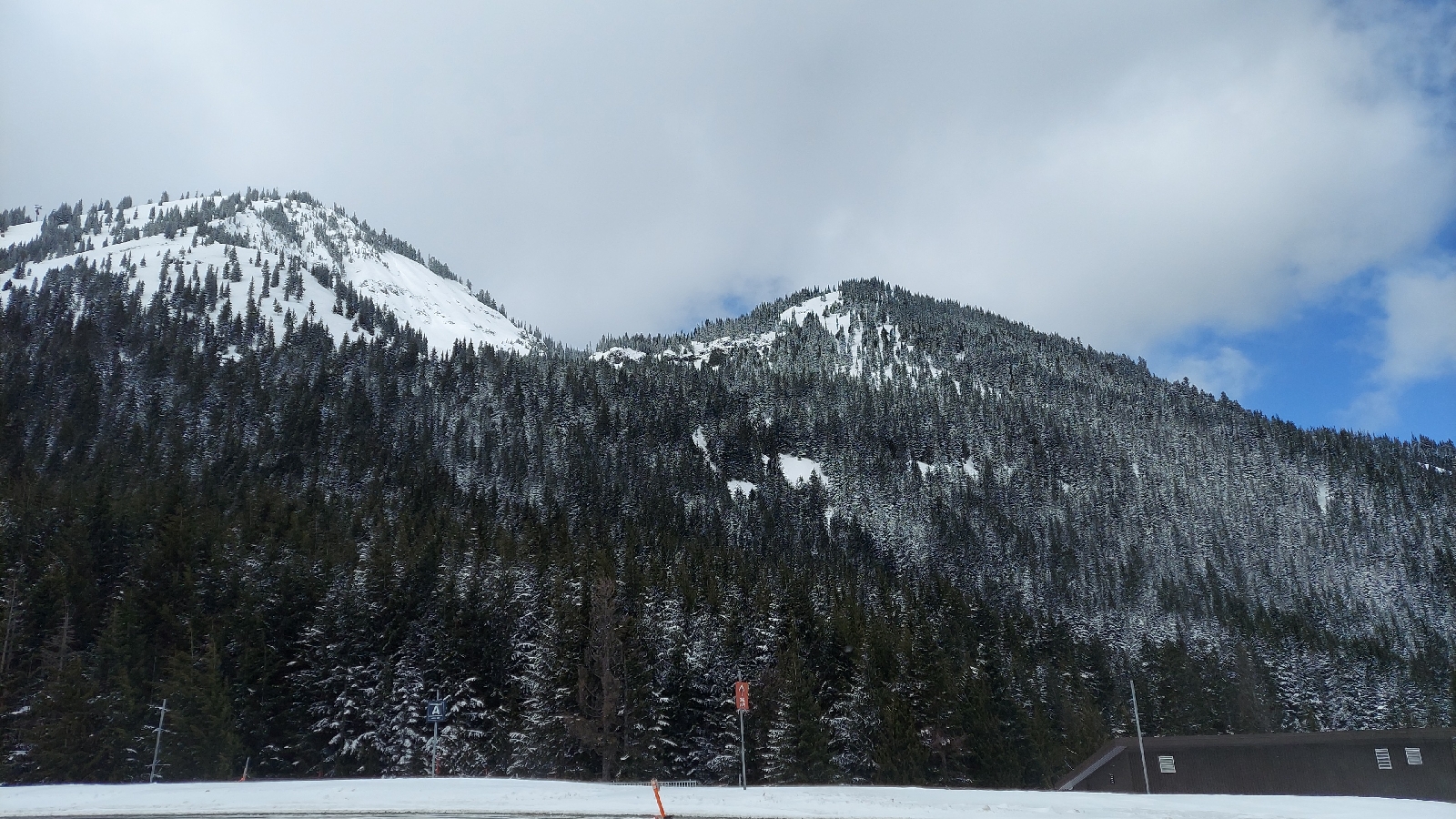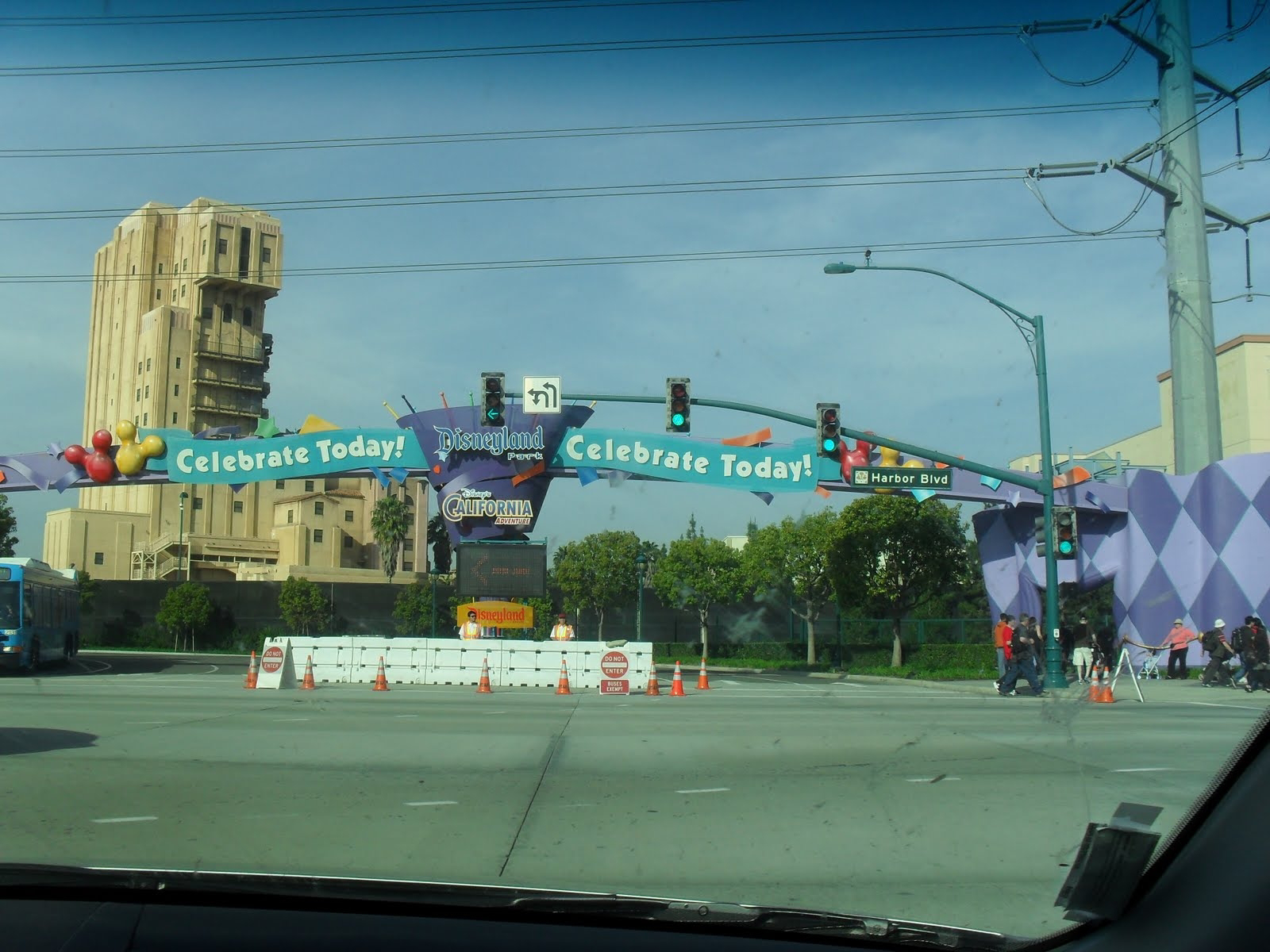Photo credited to Google.
In Sanatana Dharma, the sacred lineage of Rishis and Acharyas, one radiant name shines timelessly, Jagadguru Sri Adi Shankaracharya.
Jagadguru Sri Adi Shankaracharya was born during the Vaishakha Sukla Panchami in Kalady, Kerala, in the 8th century CE, around 788 CE, to a devout Nambudiri Brahmin family named Shivaguru and Aryamba, who were a devout and elderly couple, living a life rooted in prayer and selfless service. They had no children for many years and were longing for a child, they prayed earnestly to Bhagavān Shiva at the Vadakkunnathan temple in Thrissur, seeking His blessing for a son. One night, Bhagavān Shiva appeared in their dream, offering a choice: A long-lived but ordinary son or A short-lived but brilliant son who would change the world, the couple chose the second option and thus, Shankara was born. So, Sri Adi Shankaracharya was not merely a child prodigy but an avatāra purusha, believed by many to be a divine incarnation of Bhagavān Shiva himself. He was an exceptional child. He showed signs of spiritual genius from childhood, memorizing all the 4 Vedas by age 8. At a young age, he requested permission to become a sannyasi (monk) and began his mission to revive Advaita Vedanta. His life, though brief in years, thundered with the eternal wisdom of the Vedas, shaking the very foundations of confusion and misinterpretation that had veiled Bharata Varsha in his time.
From my pov, Sri Adi Shankara was not just a philosopher but a dharmic revolutionary who restored the primacy of Shruti, Smriti and Parampara through the lens of Advaita Vedanta, the doctrine of non-dualism.
Shankaracharya traveled all across India from Kashmir to Kanyakumari debating scholars, composed over 300 texts and wrote commentaries. He upheld the sanctity of Vedic authority, defended the four ashramas and varnas and preserved the deeper essence of Yajnas, Upasana and Jnana. Through him, the wisdom of the Upanishads breathed again into temples, homes and sacred gurukulams.
Here are the tattvas of his teachings:
Advaita: The Oneness of Atman and Brahman -
“Brahma satyam jagat mithya, jivo brahmaiva nāparaḥ”.
Breaking down each word one by one with meaning -
Brahma satyam = Brahman (God, the Supreme Reality) is the only truth.
Jagat mithya = The world is an illusion (not what it seems).
Jivo brahmaiva nāparaḥ = The individual soul (you, me) is not different from Brahman.
Shankaracharya said that Brahman alone is real, the world is illusory and the individual self is none other than Brahman. In simpler terms, imagine you're dreaming, everything seems real like people, places, events but when you wake up, you realize it was all just in your mind ie., everything is maya or illusion. You and God are actually one and the same deep down.
Jnana over rituals but with respect:
Shankaracharya taught that understanding deep spiritual truth, "Jnana Marga" (the path of knowledge) is the best way to reach freedom (liberation), but he didn’t look down on "Karma Kanda" rituals and duties; he respected them too. He said real wisdom is the key to getting free from suffering. His reforms revived the "Smarta" tradition, a synthesis of Vedic rituals with meditative knowledge.
The Smarta tradition comes from Smriti (sacred texts like the Puranas and Dharma Shastras), is a peaceful and flexible branch of Hinduism that says, “All gods are forms of the same one truth (Brahman), so worship whichever helps you connect best.” In simpler terms, God has many faces, pick the one you love most, but remember, it's all the same One behind them.
Who do Smartas worship?
Smartas commonly worship 5 deities equally:
Shiva, Vishnu, Devi (Shakti), Ganesha, Surya (Sun God)
This is called the Panchayatana Puja, like a balanced puja plate with 5 divinities.
Guru and Shastra as Pillars of Realization:
Shankaracharya re-established the significance of surrender to the Guru and the study of the Prasthana Traya (Upanishads, Bhagavad Gita, Brahma Sutras). He saw the Guru not just as a teacher but as a Shrotriya Brahmanishtha, a Vedic seer rooted in Brahman.
Preservation of Dharma and Institutions:
Shankaracharya reestablished four mathas (monastic seats) across India to preserve the Vedic tradition.
Sringeri (South), Dwarka (West), Puri (East) and Jyotirmath (North). These mathas became beacons for brahmins and seekers alike, upholding the values of Svadhyaya, Tapas, Seva and Jnana.
Stotra literature for Bhakti and Meditation:
Shankaracharya composed powerful hymns Soundarya Lahari, Dakshinamurthy Stotram, Bhaja Govindam etc to awaken devotion (bhakti) within the Vedantic framework which are accessible to all.
At the age of 32 or 33, Sri Adi Shankaracharya left his body merged into the Eternal, where form becomes formless, which is called Mahasamadhi. Some say in Kedarnath (Uttarakhand) others say Kanchi in Tamil Nadu or Sringeri. Either way, all the places are very important to Sri Adi Shankaracharya.
My assumption of the timeline of Jagadguru Sri Adi Shankaracharya's life.
Drop a comment below, I’d love to hear your perspective.
Don’t forget to subscribe....
Stay safe, Until my next article ….
- sk.digilance





Comments
Post a Comment